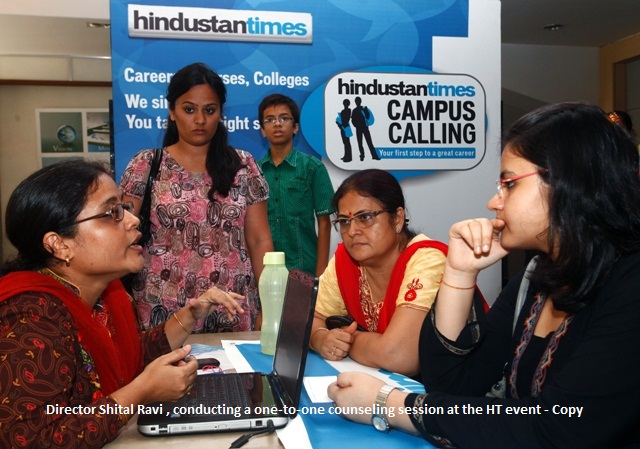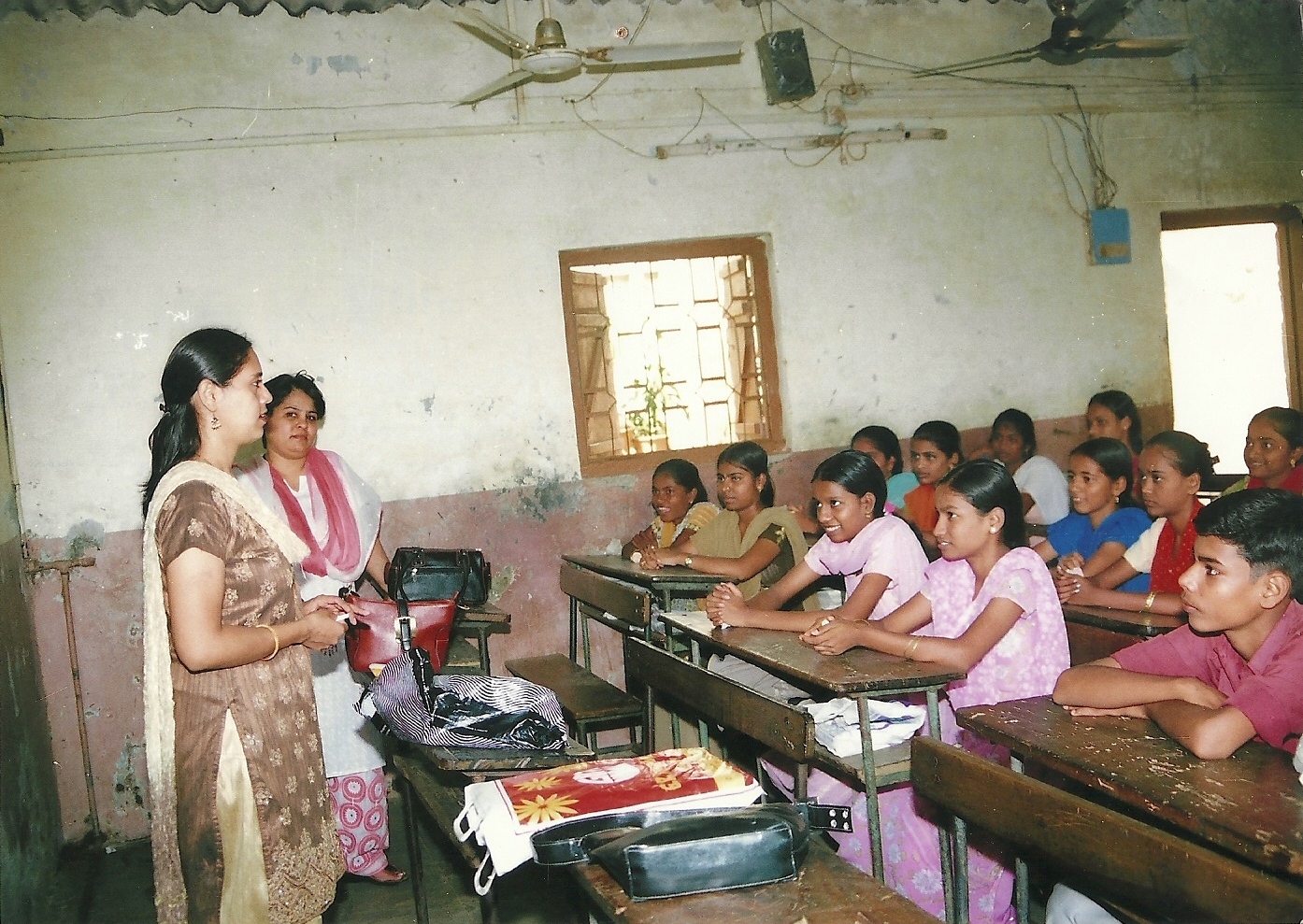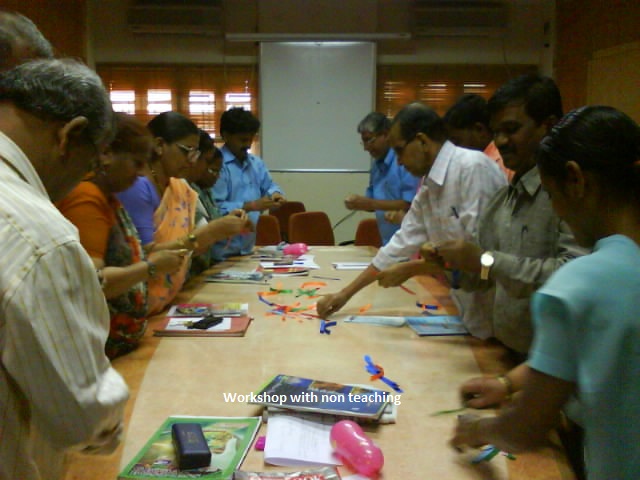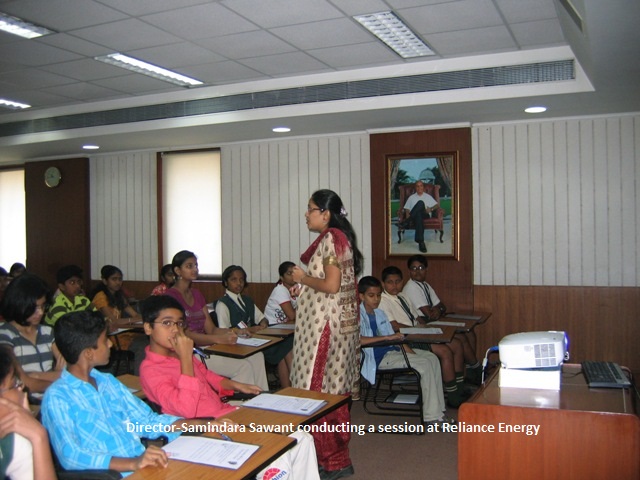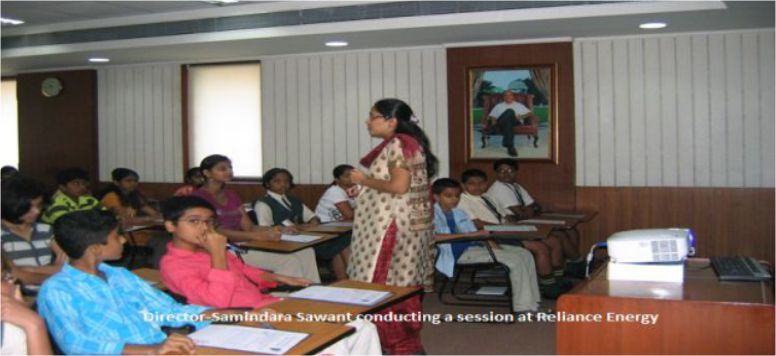MAKING THE RIGHT DECISIONS
Posted on 30th Jan 2015
MAKING THE RIGHT DECISIONS
If you had to choose a million dollars, a life time supply of food or one wish what would you choose?
In life we encounter alternative courses of action to any given problem all the time. There is no one solution to any problem or situation and we have to make choices and choose one action above the other. Our decision making ability is what guides us to make the right choices. However if the decision making skill is faulty, or if it is done in a hasty manner then we are in a danger of taking a wrong decision and thus ending up with the negative consequences of it.
Simply put, decision making is concerned with the key issue of choosing between alternative courses of action that will hopefully solve the problem. Decision making is both an art and science. Both your ‘intuitions’ and your ‘analytical skills’ can both be helpful—well….that is if you know how to put them to work.
Intuition is the ability to know or feel something without using logic or reason. Your intuition can help you:
v Create ideas.
v Solve “why” or “should I” problems.
v Break a deadlock.
Analytical skill is the ability to use logic to examine and measure a problem. Your analytical skills can help you:
v Examine the ideas.
v Solve “How to” or “How Many” problems.
However remember, that intuition and analytical skills alone will not suffice one to make good decisions. One has to develop one’s decision making skills so that it can increase one’s success rate. How does one develop decision making? Making a good decision requires patience and careful thought. Following a step-by-step approach can help.
Step 1: Define the problem.
Sizing up the situation and examining the problem thoroughly from all angles would be the first and the foremost step. Keep thinking on the problem and never.., never be satisfied with quick and easy answers. Set goals and priorities for your self. Try to put your goals in measurable terms [time, money etc] so you can measure your success later on.
Step 2: Reevaluate the situation.
Step 1 may have changed your view of the problem. Now consider your options. Even now, don’t make unnecessary decisions. You need to be aware that at times the best decision may be to do nothing for the time being. But don’t delay just to avoid making a tough or unpleasant decision. Be honest with yourself.
Step 3: Gather information.
In order to solve a problem, you should make yourself an “expert” on the subject. If a decision is not immediately necessary, use your time to gather information. Seek advice of others who know more details of the problem. Use all resources like libraries, internet, and any other source of facts on the problem.
Step 4: Think of alternatives
At this stage of the decision making process, any idea is a good idea. So, be open and don’t limit yourself to ideas that sound “reasonable.” Try “brainstorming” i.e. listing anything and everything that comes to mind. At this point, avoid jumping to conclusions.
Step 5: Choose an alternative.
Test each alternative carefully, to see how it measures up against others. Start thinking ahead and try to imagine the consequences of each alternative. Ask yourself, “What will happen if….?” Be thorough and give each plan a chance. And most importantly “be practical.” Make sure that your plans are realistic which can be carried out. In the end choose the alternative that will best achieve the goals and priorities you identified in step 1.
Step 6: Put your decision to work.
Now take action. Do not satisfy yourself with simply having made a tough decision. A good decision means nothing until it’s put into effect. Inform others and ask for feedback. Follow up on your plan. Check from time to time to see that any changes you made are still in effect- or to see if adjustments are needed. Also, make sure the problem you solved has not returned or taken another form.
While using the 6 step approach will help in taking major decisions in life, there are some don’ts too that you should follow while taking decisions.
DON’T:
- Have unrealistic expectations from yourself. You are bound to make a wrong decision some time or the other.
- Make “snap” decisions unless absolutely necessary. Follow the 6 steps to a good decision instead.
- Fool yourself by choosing solutions that are easy and comfortable- but fail to address the problem.
Remember that there will be times when you could make a wrong decision. Mistakes can be the best teachers as they would not only tell you where you went wrong, but also help in putting this information to work for you in your future decisions. Finally it is the good decision makers who go on to become successful people. They enjoy the confidence that comes from knowing how to make wise choices consistently.
So… Make your own decisions- and take charge of your life!
Shital Ravi.
Counseling Psychologist.
shitalravi@rediffmail.com
- Exam
- Careers
-
 Inlaks Shivdasani Foundation for any field Scholarship Opportunities
Inlaks Shivdasani Foundation for any field Scholarship Opportunities
-
 Asha Shree Endowment for Graduate or post-graduate professional degree courses Scholarship Opportunities
Asha Shree Endowment for Graduate or post-graduate professional degree courses Scholarship Opportunities
-
 Gaurav Foundation for Indian school-college and college abroad Scholarship Opportunities
Gaurav Foundation for Indian school-college and college abroad Scholarship Opportunities
-
 TOEFL Scholarship for 9,000+ institutions Scholarship Opportunities
TOEFL Scholarship for 9,000+ institutions Scholarship Opportunities
-
 Fair and lovely scholarship for any graduate and post-graduate Scholarship Opportunities
Fair and lovely scholarship for any graduate and post-graduate Scholarship Opportunities
-
 dfsd
dfsd
- fgdf
- Tuesday, 23 September 2014
-
 dfsd
dfsd
- fgdf
- Tuesday, 23 September 2014
-
 Nice design
Nice design
- Sakura
- Thursday, 31 July 2014
-
 Hello, this is a demo
Hello, this is a demo
- david Hoang
- Thursday, 31 July 2014




